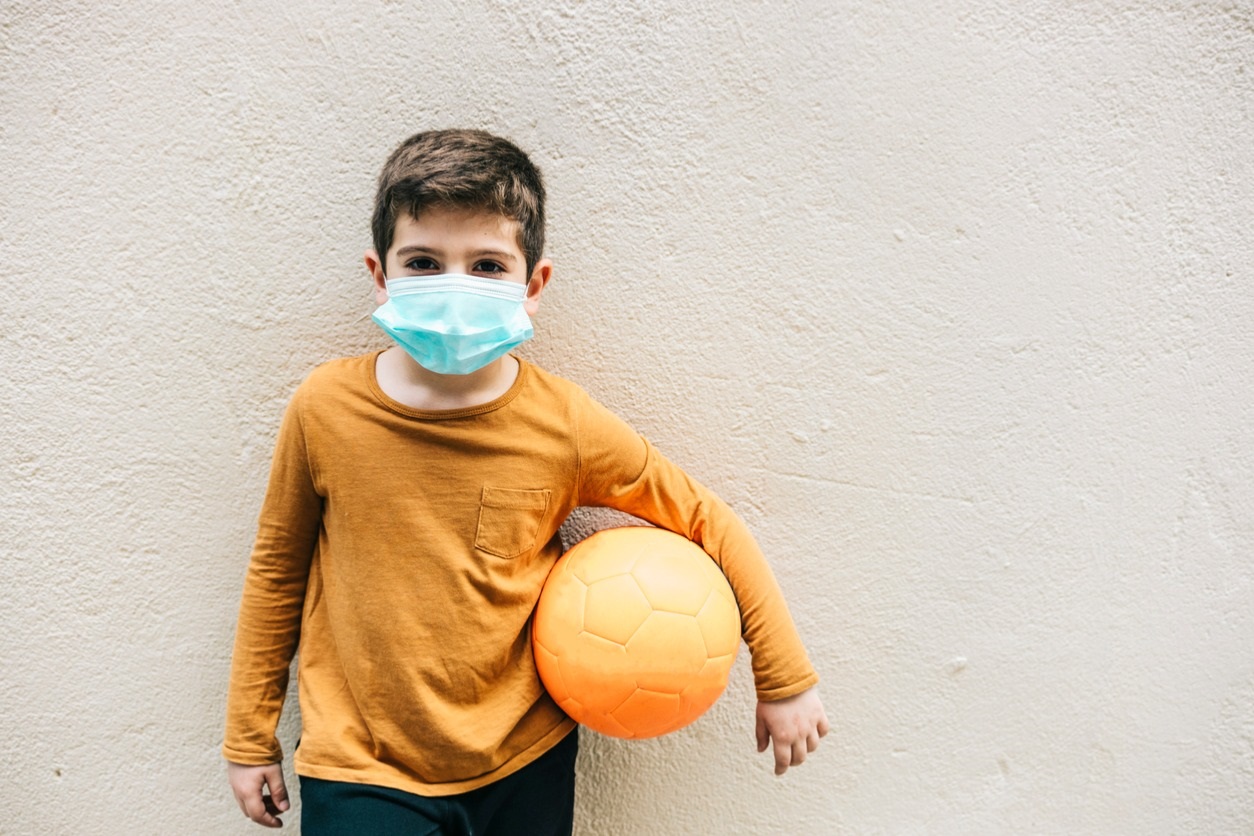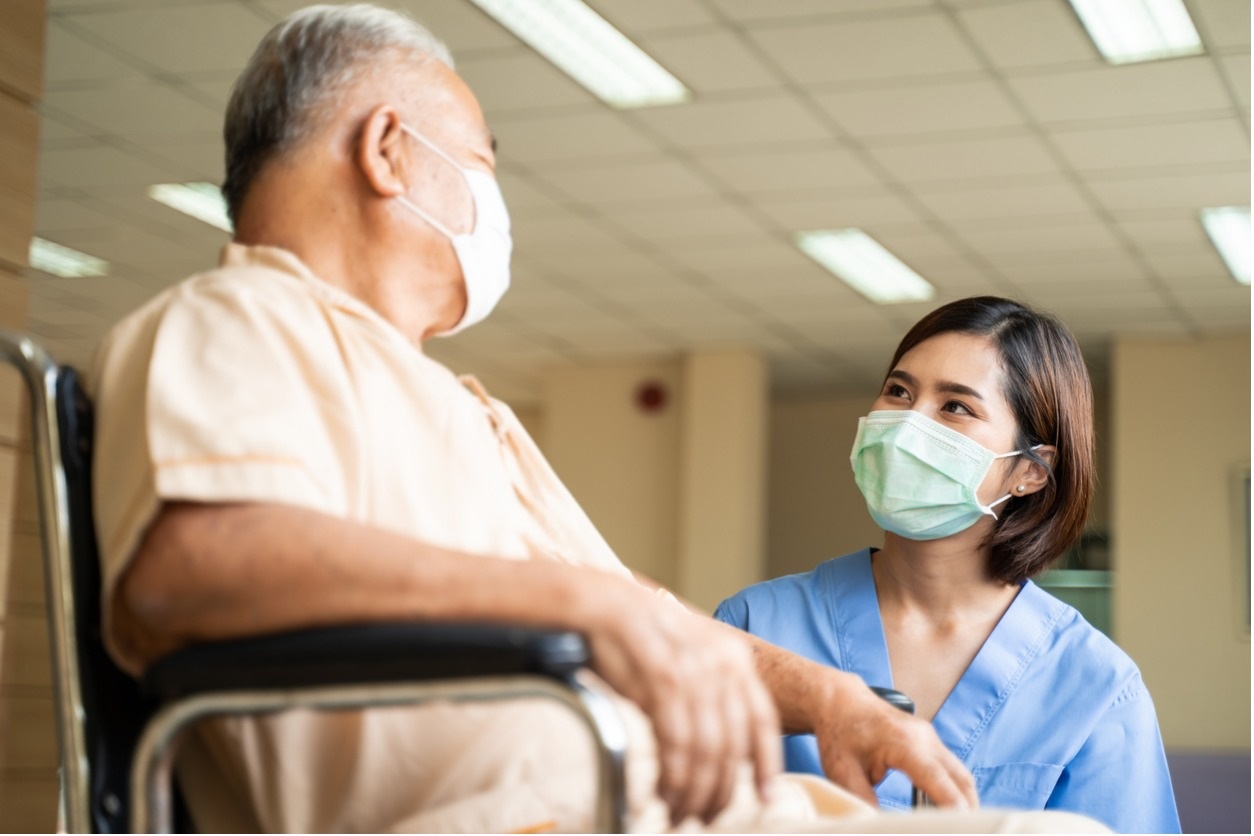COVID-Safe Winter Physical Activity Ideas: A Special Focus on Older Adults

Written By: Rachel Millstein, PhD, MHS - Massachusetts General Hospital; Linda Trinh, PhD - University of Toronto; Dori Pekmezi, PhD - University of Alabama at Birmingham; Dori Rosenberg, PhD, MPH - Kaiser Permanente Washington Health Research Institute
COVID Safe Winter Activity Ideas
There are many benefits of physical activity, especially during the COVID-19 pandemic restrictions. For instance, physical activity can:
- Improve immune system functioning.
- Reduce inflammation.
- Improve chronic health conditions.
- Help manage or prevent anxiety and depression (Sallis & Pratt, 2020).
COVID-19 has restricted physical activity behaviors that we once may have done (e.g., going to gyms, walking with friends) and led many people to stay home for prolonged periods of time (Chen et al., 2020). We are seeing physical activity levels dropping around the world in response to the pandemic (Fitbit, 2020).
This winter may be a difficult time for physical activity especially in colder climates. During the winter, people often need or want to be active indoors, given the weather conditions or fears of falling on ice or snow. This is a major concern for older adults (Li et al.). We encourage everyone to remember the importance of physical activity and think creatively about winter physical activity options. The health and mental health benefits of physical activity can help everyone ride out the pandemic’s effects (Sallis & Pratt, 2020).
The 2018 Physical Activity Guidelines for Americans (USDHHS, 2018) recommend both aerobic and muscle-strengthening exercises for adults and older adults. Aerobic activity (also known as “cardio” activity) is what makes your heartrate and breathing rate increase with movement.
How Often Should You Exercise?
Adults and older adults should aim to do 150-300 minutes per week of at least moderate-intensity physical activity (e.g., the equivalent of a brisk walk). This is about 30-60 minutes 5 days a week, or some other combination that works for you.
You could also aim for 75-150 minutes of vigorous activity (e.g., the equivalent of a jog), or some combination of moderate and vigorous activity that fits your lifestyle. You should include muscle-strengthening exercises for all major muscle groups at least 2 times per week.
Here are some ideas compiled by members of the Physical Activity Special Interest Group to help you get started exercising and staying active throughout the winter. We encourage everyone to adhere to your local or national public policies for COVID safety, which includes:
- Wearing a mask when outdoors or indoors with other people.
- Maintaining 6 feet of distance from other people.
- Washing hands frequently to prevent virus transmission (e.g., us cdc, 2020).
Tips for Outdoor Activities
- Invest in a good jacket/hat, winter walking boots, and/or ice traction shoe covers (e.g., cleats).
- Consider cross-country skiing or snowshoeing to explore wooded areas.
- Make sure to get outside every day even if it’s just to stand on the front steps or go to the mailbox.
- Look for routes near your home that are shoveled or plowed consistently. Such as a bike path or main sidewalks in your town.
Tips for Indoor Activities that Avoid Going to a Gym
- Get indoor exercise equipment that you will use. This could be a stationary bike, elliptical machine, treadmill, weights, or resistance bands.
- Walk at an indoor shopping mall wearing a mask. Some malls open early for walkers and are usually large enough to avoid crowds.
- See if local senior centers, community centers, or community pools near your home are open and limit crowd size to stay socially distant.
- Dance to music you like.
- Walk an extra lap around your home whenever you get up to do something.
- Walk a lap around your house, do jumping jacks, push-ups or sit-ups during TV commercials.
Tips for Online Exercise Classes
- Take exercise classes online or look for physical activity events on social media. These may be recorded and shared so that you can view them again even if you are not able to attend a live virtual event.
- See if any local exercise or yoga studios are offering online classes.
Try out an exercise video on YouTube. The options are vast, and you can try new things you may enjoy. These are suggestions that people have liked in the past, but there are thousands of options online. Look around to find some that you like and are within your ability level. Make sure to start slowly and build gradually if you are trying something new. The most important thing is to listen to your body about what is working and what is not.
- New York Times Scientific 7-minute workout: https://www.youtube.com/watch?v=2sezktSxLt8
- (corresponding article): https://well.blogs.nytimes.com/2013/05/09/the-scientific-7-minute-workout/
- Leslie Sansone 1 mile walk: https://www.youtube.com/watch?v=X3q5e1pV4pc&index=6&list=PLJFe36QXqpBLNYuc-8r7FPHaaz-OpLXot
- Massachusetts General Hospital cardio dance video: https://www.youtube.com/watch?v=JKhUY3L2Y7c
- Yoga With Adriene (a popular yoga teacher with many different videos for all levels): https://www.youtube.com/user/yogawithadriene
- Fitness Blender (a wide range of cardio and strength videos): https://www.youtube.com/channel/UCiP6wD_tYlYLYh3agzbByWQ
Resources for Older Adults
- Check out the NIA Go4 Life resources: https://www.nia.nih.gov/health/exercise-physical-activity
- Use the Silver Sneakers app or online programs https://www.silversneakers.com/learn/classes/
- Silver sneakers cardio workout: https://www.youtube.com/watch?v=dwZkw6dERmE
- Silver sneakers weights workout: https://www.youtube.com/watch?v=64UkCgAzypQ
Remember, winter activities may feel more challenging, but keep trying and don’t let setbacks keep you sedentary for too long! Pick an activity that you enjoy. Any activity is better than none.
References
- Centers for Disease Control and Prevention. Coronavirus disease 2019: How to protect yourself and others. Available at: https://www.cdc.gov/coronavirus/2019-ncov/prevent-getting-sick/prevention.html [accessed 11.30.2020].
- Chen P., Mao L., Nassis G.P., Harmer P., Ainsworth B.E., Li F. Coronavirus disease (COVID-19): the need to maintain regular physical activity while taking precautions. J Sport Health Sci. 2020;9:103–104.
- Fitbit Staff. The impact of coronavirus on global activity. Available at: https://blog.fitbit.com/covid-19-global-activity/. [accessed 11.30.2020]
- Li, W., Keegan, T. H., Sternfeld, B., Sidney, S., Quesenberry, C. P., Jr, & Kelsey, J. L. (2006). Outdoor falls among middle-aged and older adults: a neglected public health problem. American journal of public health, 96(7), 1192–1200. https://doi.org/10.2105/AJPH.2005.083055
- Sallis JF, Pratt M. A call to action: physical activity and COVID-19. Available at: https://www.exerciseismedicine.org/support_page.php/stories/?b=896. [accessed 11.30.2020]
- U.S. Department of Health and Human Services. Physical Activity Guidelines for Americans. 2nd ed. Washington, DC: U.S. Department of Health and Human Services; 2018.
More Articles

How to Get the Most out of Your Telehealth Appointment
Amidst the COVID-19 pandemic, many clinicians have transitioned to telehealth appointments. Get the most out of your virtual visit with these tips and tricks.

Keeping Kids Active during COVID-19
The COVID-19 pandemic has made it challenging for parents to limit their children’s screen time and encourage physical activity. Learn tips and tricks to engage kids in physical activity when access to typical activities is restricted.


